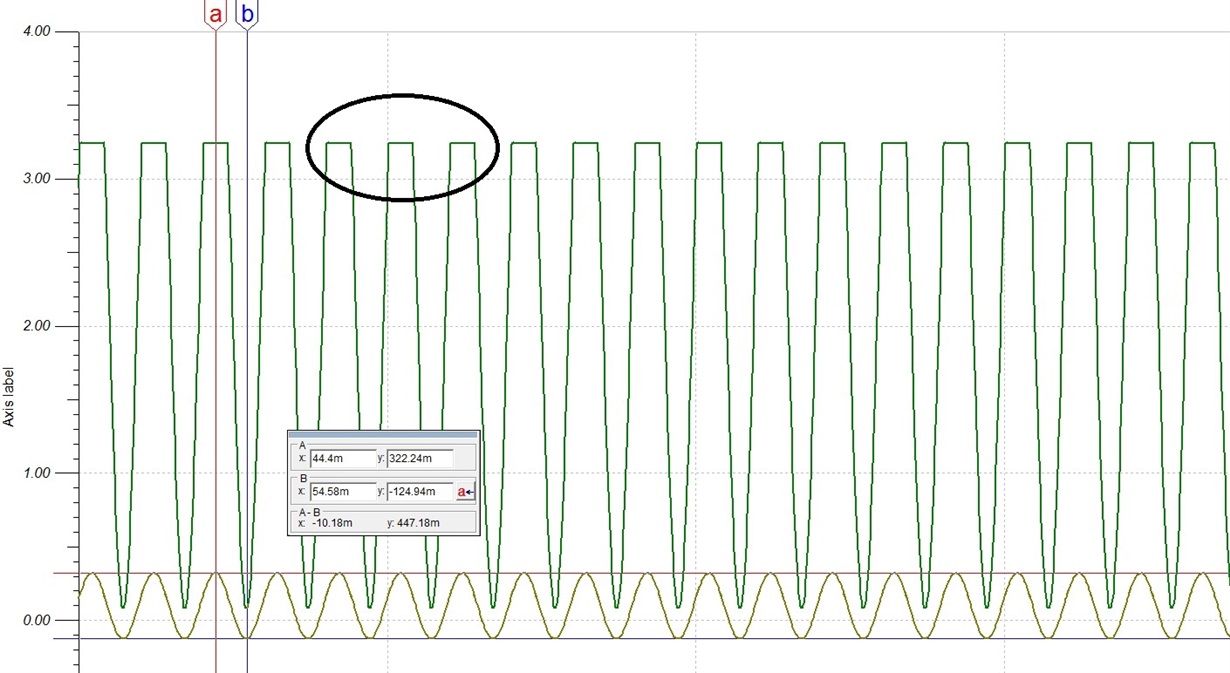hii alex
how are u doing
i want to use the amc1301 to sense a power ac line that has an amplitude ranges from 0 to 700 volts with frequency of 60 hz
as i see i need to use resistor divider network at the input of the AMC1301 so when the ac line is 700v the max amplitude at VINP pin is 250mV .(i connect the VINN to ground )
but i have a problem with this design and my problem is when the power line amplitude reduces down to 100 volts or less i get very low input voltage at VINP about 5mV and its not very big swing at the input of the isolation amplifier .
do have any recommendation of how to sense high ac voltage like in my case
i can solve this issue by connecting a different resistor network so when the amplitude voltage gets down to 100volts i start to use another resistor divider network that give me 250mV at the input of the amc1301
but i want to see if you have another approach for sensing an voltage with an amplitude of 700 AC volts using the amc1301






